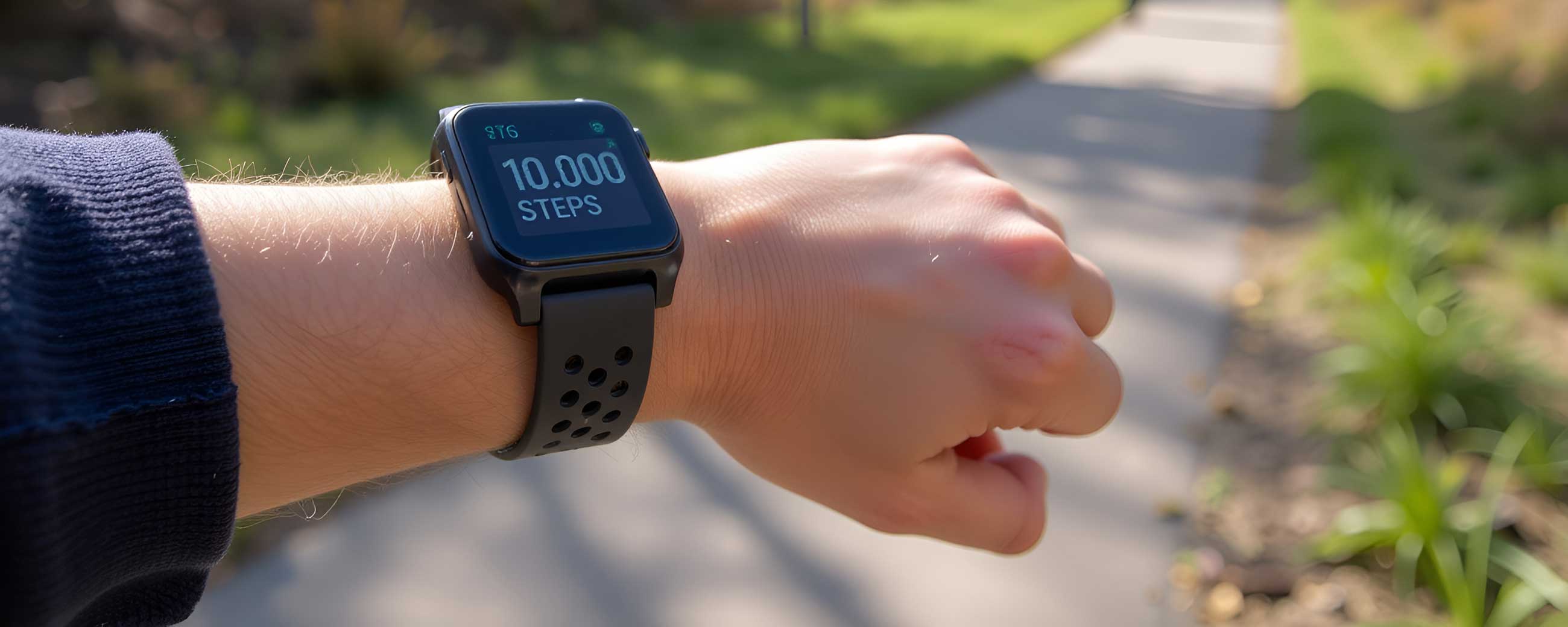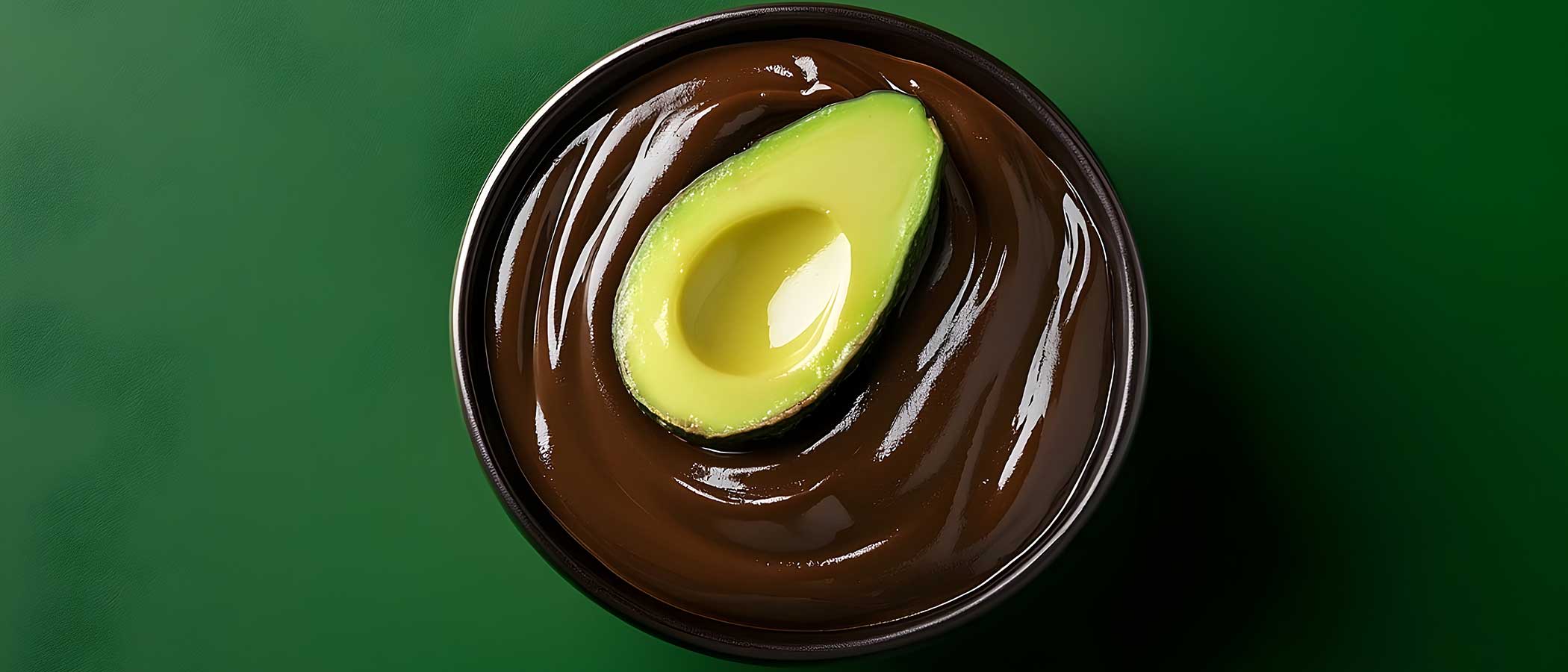
Food is Fuel, Not the Enemy: Lessons From the Mountain
I spent the last kilometer of Buffalo’s Shamrock Run daydreaming of an epic pub burger, dripping with cheddar and pressed between two gargantuan garlic butter buns.
It was 2014, and I was on the last leg of the notoriously frosty and miserable 8K Shamrock Run, a local Saint Patty’s Day tradition that involves a wind-whipped scramble through the city’s south side with a particularly tough hustle over an iron bridge at the tail end. Finish the race, and you get bragging rights and beer, and if you’re me, one of the famous “burgers the size of your head” from my local dive bar.
Before I started trekking in the Andes, I was very active, at least by my calculations. I took lengthy bike rides, went to spin class, and regularly participated in long races and half marathons. I also rewarded myself for these athletic feats with booze and junk food. Make it to barre class on Thursday? Let’s say cheers to that with bottomless margs. Run a 5K in the rain? It's time to cash in on some cheesy fries and Buffalo wings.
Even though I was working out all the time, my weight fluctuated widely, and my energy levels were all over the place. I looked at food in moralistic terms; if I did something “good” for myself, like a butt-kicking spin class or a five-mile sprint, I could counterbalance it with something “bad,” like an order of onion rings or several rounds of IPAs. The Andes mountains changed all of that.
Some Energy Sources Are More Effective Than Others
Hiking the Andes taught me very quickly that food has no moral properties. It’s simply fuel, and some types of fuel are better at high altitudes than others. I learned that greasy burgers and beers were no friend to my stomach over 2,500 meters (8,202 feet). Whatever fleeting reward I might get from chowing down on McDonald's after trekking around Peru’s Rainbow Mountain (altitude 5,200 meters) was doomed to be dashed an hour later in the form of cramps and headaches.
Instead of seeing food and exercise as two disparate things, with the Gordita-flavored yin of junk food clashing with exercise’s healthy yang, I realized they could work in tandem. I started to understand that by removing food’s moralistic value, I was better able to evaluate it based on what it helped me accomplish. Portable, sweet, nutrient-dense granadillas and protein-rich jerky enhance my trek, don’t make me feel overly full, and give me plenty of energy to continue to the next summit, whereas a bag of potato chips does not.
By stripping away moralistic value, I also ceased seeing exercise as a chore and food as a reward. Instead, they were both enjoyable and healthy ways to honor my body. I wanted to climb the mountain because it was amazing to see what I was physically capable of.
I started to understand that by removing food’s moralistic value, I was better able to evaluate it based on what it helped me accomplish.
High-Altitude Diet: What Foods Served Me Best in the Mountains
Good high-altitude fuel is nutrient-dense, high in protein and iron, and low in sodium and simple carbs. That means alcohol is definitely out. I cut out alcohol completely if I’m trekking above 2,000 meters, as even the merest ghost of a hangover is horribly amplified by thin air and mild altitude sickness. Instead, I stick to fruits, good proteins, oily fish, tea, and Snickers bars. Depending on your dietary goals, your mileage may well vary, but this is what worked best for me climbing a mile above sea level.
Portable Fruits Can Be Fantastic Trek Foods
Although some low-carb diets only recommend them in moderation, fruits can be fantastic on treks because they give you a sugar boost, are full of fiber, and can keep you hydrated. The challenge is keeping them from getting squished in your day pack. Apples, oranges, passion fruits, and granadillas are excellent choices because they can take a good knocking around without disintegrating. Dried fruit is another good option.
Snickers Bars Serve Me Well
Snickers bars are my snack of choice on the mountain, especially when I’m starting to feel the effects of fatigue and altitude. Snickers bars have fiber, iron, potassium, and peanuts to keep me full, and the sugar rush can help give me a second wind when I’m flagging. They might not be aligned to everyone’s dietary goals, but for me, a good Snickers bar was an important thing to always have on hand during my time in the Andes.
High-Quality Proteins Are Powerful
Long treks call for eats with some staying power, which is why protein-dense jerky, peanuts, or almonds were always a go-to. I like to pop some single-serving canned tuna and string cheese in my day bag, too.\
Trekking in the Andes fundamentally changed my relationship with food, exercise, and my body.
Summing It All Up
Trekking in the Andes fundamentally changed my relationship with food, exercise, and my body. Now, when I say “pass” on that burger the size of my head, it’s not a matter of depriving myself or even thinking there’s something wrong with eating one. Colossal burgers are not inherently bad, as with any food. It’s that they just don’t serve my goals.

This publication is intended for informational purposes only and is not meant to be a substitute for professional medical advice, diagnosis, or treatment. Always seek the advice of your physician or other qualified health provider with any questions you may have regarding a medical condition or any advice relating to your health. View full disclaimer

Elizabeth Lavis is the co-author of two Lonely Planet guidebooks and has multiple bylines in international print and digital publications. Her favorite mountain range is the South American Andes with the Caucasus mountains a close second and she's looking forward to a multi-day trek in the Himalayas in 2025.








